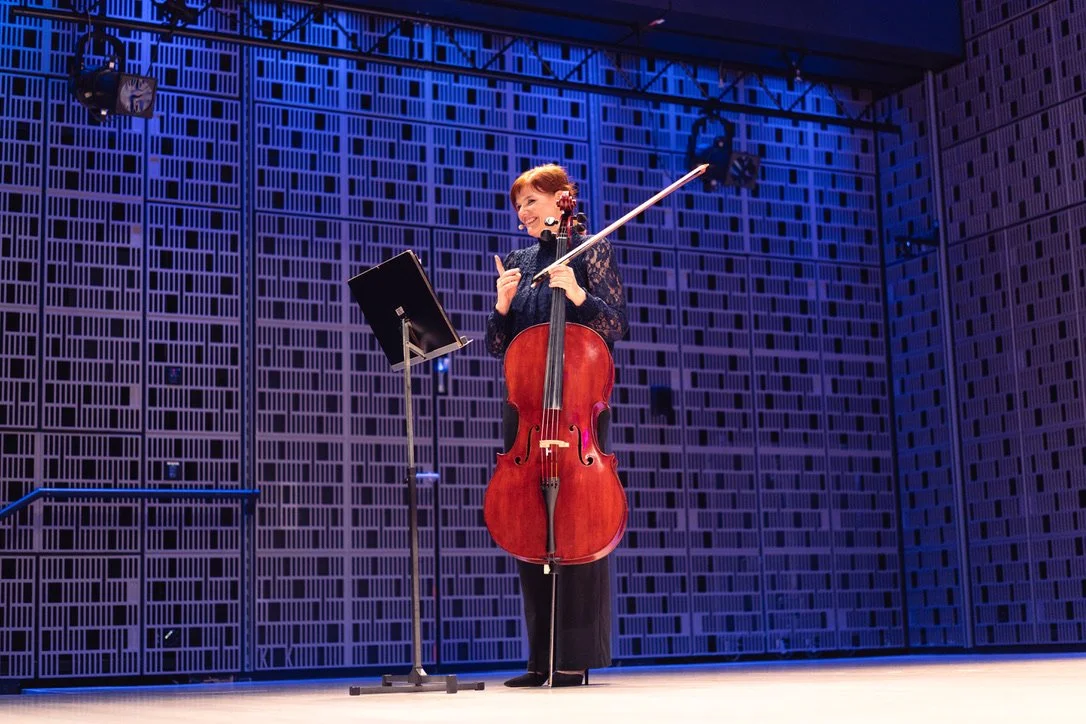list of publications
DMUS THESIS
Conference presentation (2024)
European Platform for Artistic Research in Music, April 2024
conference presentation (2022)
Improvisation in Historical Styles: Research, Pedagogy and Performance, 2022
Examining the performer-audience impact of re-introducing stylistic solo & ensemble improvisation to Western classical concert programs
conference presentation (2022)
Improvisation in Historical Styles: Research, Pedagogy and Performance, 2022
Fleeting fantasy: ensemble improvisation on audience-given themes
Abstract
This presentation and demonstrative performance arise from a project in which classical musicians sought to learn and re-integrate improvisation ability to their existing professional musicianship, and use it to interact with audiences. Inspired by historical classical concerts, where such elements were customary, the performance demonstrates a number of related processes, such as real-time problem solving, intuitive knowledge, risk-taking and spontaneous creativity - both with successful and unsuccessful outcomes. According to recent research (Haustein 2022), concert audiences appreciated musicians sharing their process of learning and engaging in live improvisation as part of the concert program, even before the musical product and skill sets had fully matured.
conference performance (l8nite series, eparm 2021)
Engaging with Western classical concert audiences through improvisation
Abstract
Demonstrating of outcomes rising from a series of four concerts and related audience research of my doctorate project on classical improvisation and audience engagement. In the first part of this performance, the audience hears a song, Mausfallensprüchlein, “The Mousers Magic Verses” by Hugo Wolf (1822, text by Eduard Mörike). As a way to illustrate the improvisatory approach, this song is turned into a series of songs by applying the structure of “theme and variations”. First performed as written, with original composition as “theme”, it is then improvised into a trio (first variation) and followed by subsequent improvised variations, in which the elements of the theme are developed further and further. This song is a whimsical little piece, composed to a children’s poem during Wolf’s early years, and we contribute to its character through imagining the various scenarios in which this comedic text can take place. In the second part of the performance, a group of chamber musicians present themselves as improvisors-for-hire and create short pieces according to themes and suggestions from audience members.



